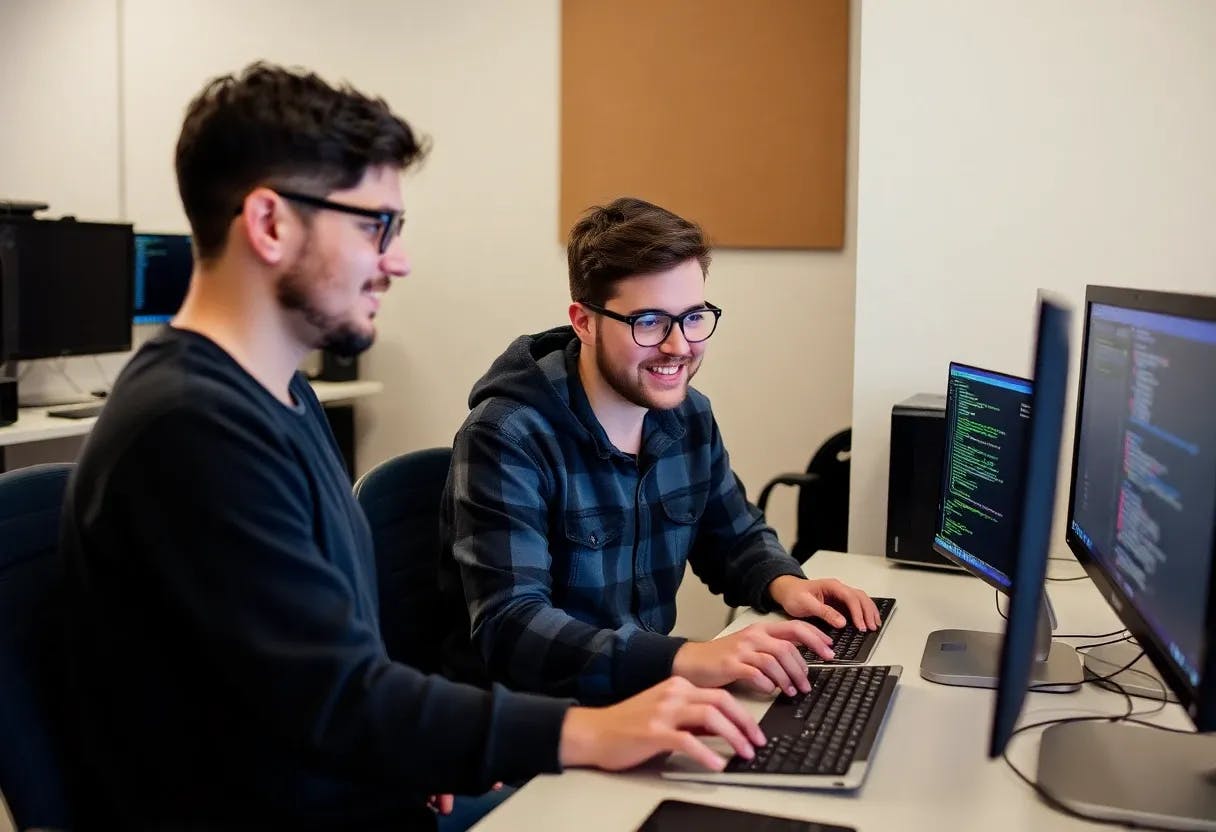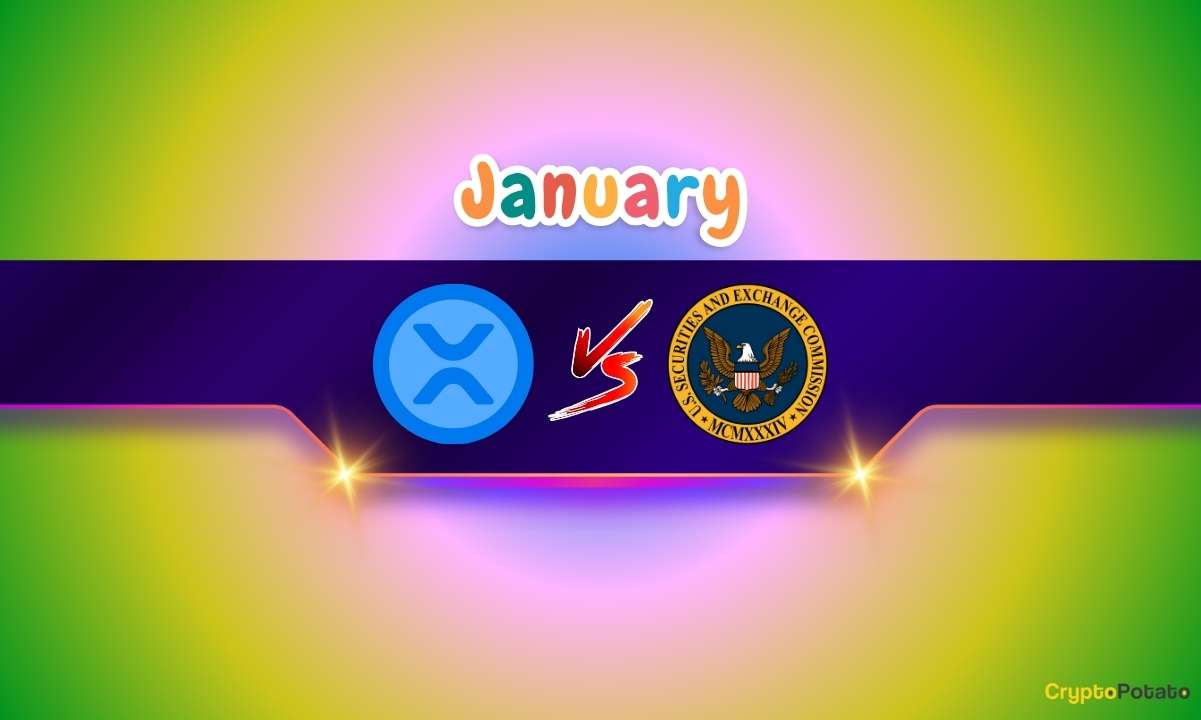The Psychology Behind Successful Pair Programming

Table of Links
Abstract and 1. Introduction
2 Research Settings
3 Methods
3.1 Instruments and 3.2 Quantitative Analysis
3.3 Thematic Analysis
4 Results
4.1 Quantitative Results
4.2 Qualitative Results
5 Discussion and 5.1 Answering the research questions
5.2 Threats to validity and 5.3 Limitations and generalizability
6 Conclusion, Acknowledgments, and References
6 CONCLUSION
This preliminary study mapped the psychological aspects of pair programming, analyzed ways of increasing students’ intrinsic motivation and improving the pair programming practice in educational settings, and tapped into the psychology of pairing.
Pilot-navigator roles are more motivating than both members coding simultaneously. The areas for improvement of pairing include task complexity, pairing constellations, feedback, soft and social skills practice, psychological aspects, role-specific insights, and following the “perfect programmer’s” traits.
With further advancement of theoretical foundations around the psychology of pairing in software engineering and the development of artificially intelligent pairing programs, the further research should orient toward the experimental study of the cooperation between humans and artificial intelligence.
ACKNOWLEDGMENTS
This work was supported by an internal grant funding scheme (F4/61/2023) administered by the Prague University of Economics and Business.
REFERENCES
[1] Valový, Marcel. “Experimental Pair Programming: A Study Design and Preliminary Results.” In Proceedings of the 33rd Psychology of Programming Interest Group (PPIG’22), 2022: 107-112 [2] Valový, Marcel. “Effects of Pilot, Navigator, and Solo Programming Roles on Motivation.” New Perspectives in Software Engineering: Proceedings of the 11th International Conference on Software Process Improvement (CIMPS 2022). Cham: Springer International Publishing, 2022: 84-98. [3] Arisholm, Erik, Hans Gallis, Tore Dybå, and Dag IK Sjøberg. “Evaluating pair programming with respect to system complexity and programmer expertise.” IEEE Transactions on Software Engineering 33.2 (2007): 65-86. [4] Bird, Cindy M. “How I stopped dreading and learned to love transcription.” Qualitative inquiry 11, no. 2 (2005): 226-248. [5] Braun, Virginia, and Victoria Clarke. “Using thematic analysis in psychology.” Qualitative research in psychology 3, no. 2 (2006): 77-101. [6] Feldt, Robert, Lefteris Angelis, Richard Torkar, and Maria Samuelsson. “Links between the personalities, views and attitudes of software engineers.” Information and Software Technology 52, no. 6 (2010): 611-624. [7] Graziotin, Daniel, Per Lenberg, Robert Feldt, and Stefan Wagner. “Psychometrics in behavioral software engineering: A methodological introduction with guidelines.” ACM Transactions on Software Engineering and Methodology (TOSEM) 31, no. 1 (2021): 1-36. [8] Guest, Greg, Arwen Bunce, and Laura Johnson. “How many interviews are enough? An experiment with data saturation and variability.” Field methods 18, no. 1 (2006): 59-82. [9] Hannay, Jo E., Erik Arisholm, Harald Engvik, and Dag IK Sjøberg. “Effects of personality on pair programming.” IEEE Transactions on Software Engineering 36, no. 1 (2009): 61-80. [10] Hannay, Jo E., Tore Dybå, Erik Arisholm, and Dag IK Sjøberg. “The effectiveness of pair programming: A meta-analysis.” Information and software technology 51.7 (2009): 1110-1122. [11] Katira, Neha, Laurie Williams, Eric Wiebe, Carol Miller, Suzanne Balik, Ed Gehringer. “On understanding compatibility of student pair programmers.” Proceedings of the 35th SIGCSE technical symposium on Computer science education. 2004. [12] Latham, Gary P. Work motivation: History, theory, research, and practice. Sage, 2012. [13] Lenberg, Per, Robert Feldt, and Lars Göran Wallgren. “Behavioral software engineering: A definition and systematic literature review.” Journal of Systems and software 107 (2015): 15-37. [14] Sach, Rien. The Impact of Feedback on the Motivation of Software Engineers. Open University (United Kingdom), 2013. [15] Ryan, Richard M. “Control and information in the intrapersonal sphere: An extension of cognitive evaluation theory.” Journal of personality and social psychology 43.3 (1982): 450. [16] Ryan, Richard M., and Edward L. Deci. “Self-determination theory.” Basic psychological needs in motivation, development, and wellness (2017). [17] Self-Determination Theory. 2022. Intrinsic Motivation Inventory. (January 2023). Retrieved January 12, 2023 from http://selfdeterminationtheory.org/intrinsic-motivation-inventory/ [18] Vanhanen, Jari, and Casper Lassenius. “Effects of pair programming at the development team level: an experiment.” In International Symposium on Empirical Software Engineering, (2005)., pp. 10-pp. IEEE, 2005. [19] Williams, Laurie, and Robert R. Kessler. Pair programming illuminated. Addison-Wesley Professional, 2003. [20] Williams, Laurie, Lucas Layman, Jason Osborne, Neha Katira. “Examining the compatibility of student pair programmers.” AGILE 2006 (AGILE’06). IEEE, 2006Author:
(1) Marcel Valový, Department of Information Technologies, Prague, Czech Republic ([email protected]).




